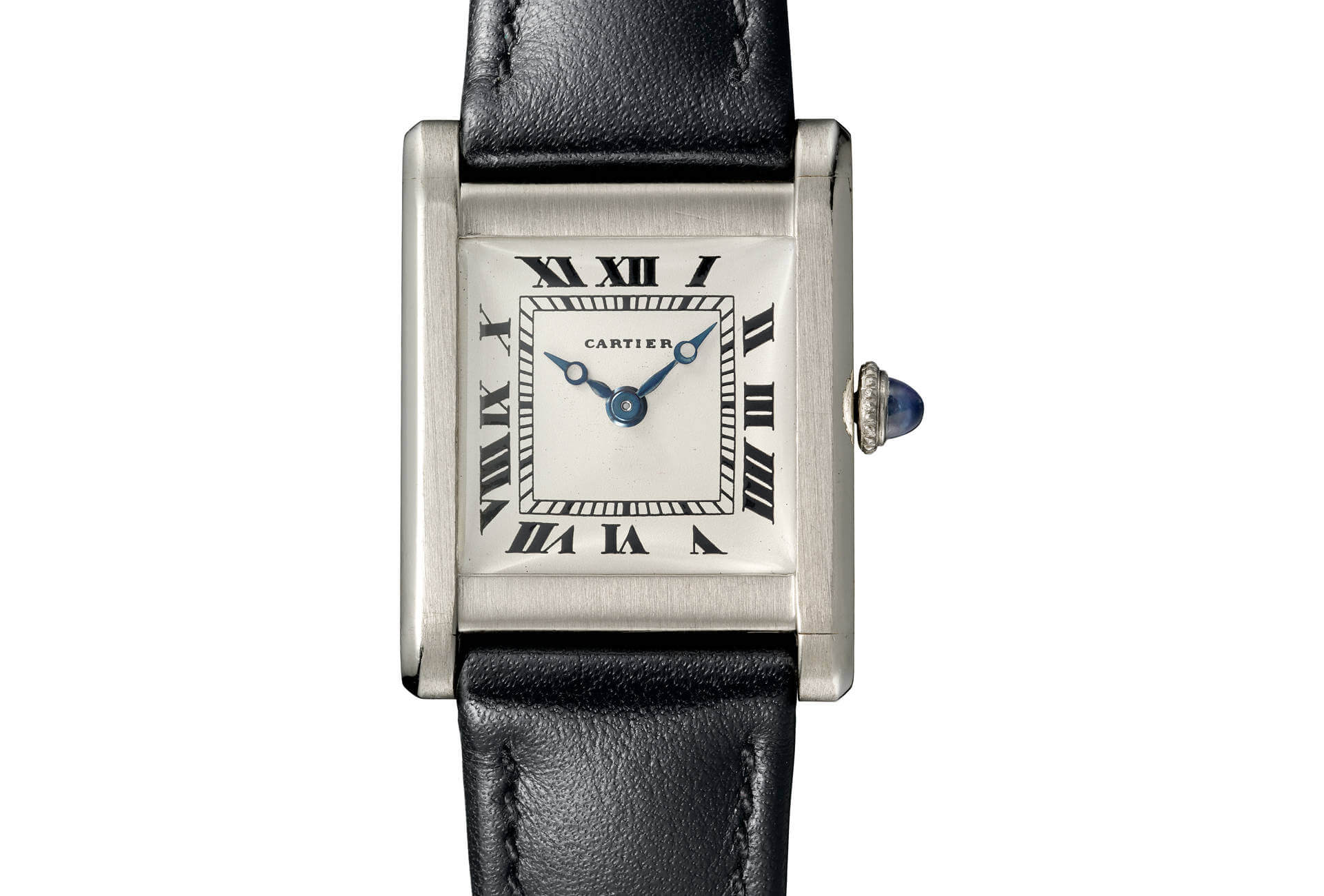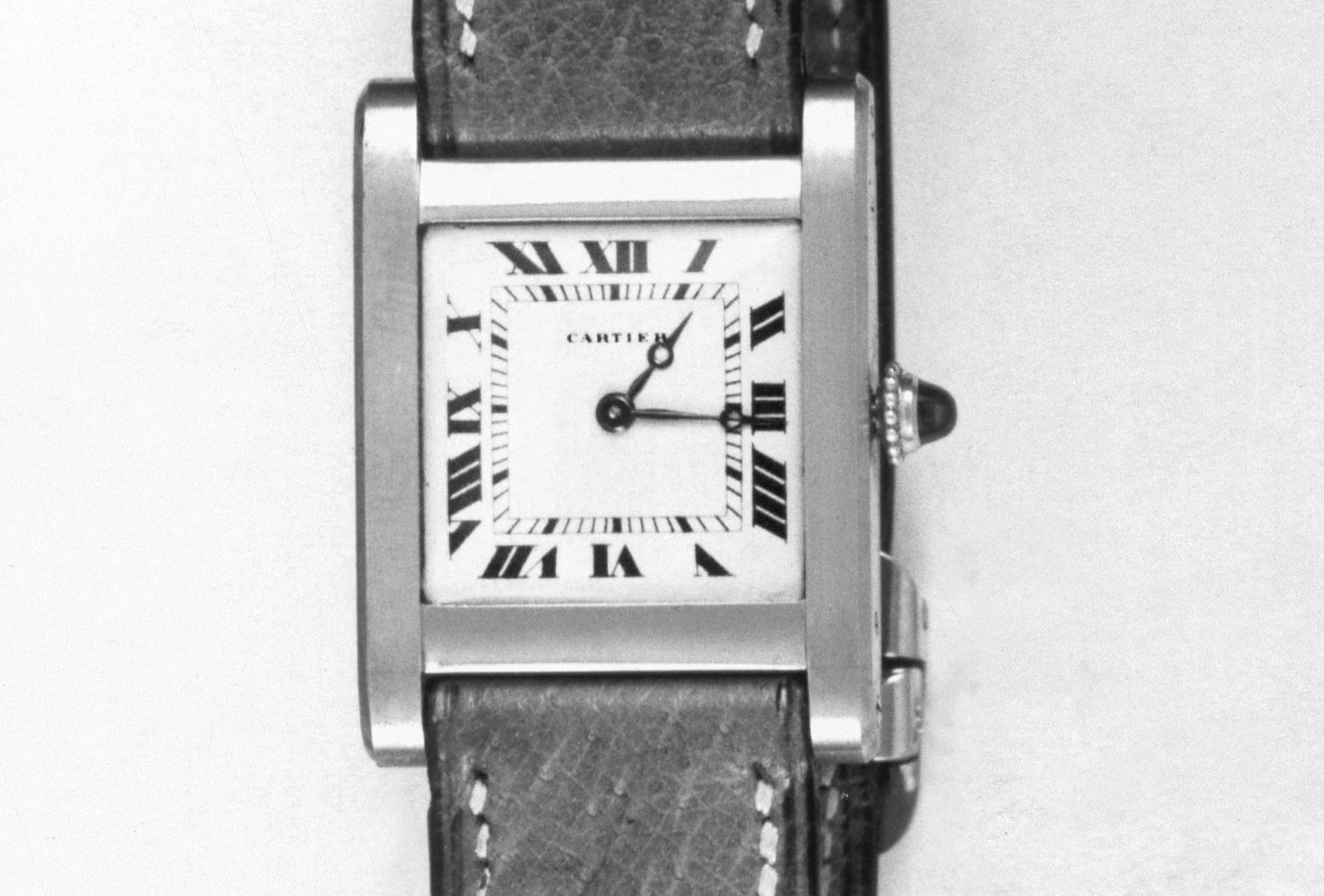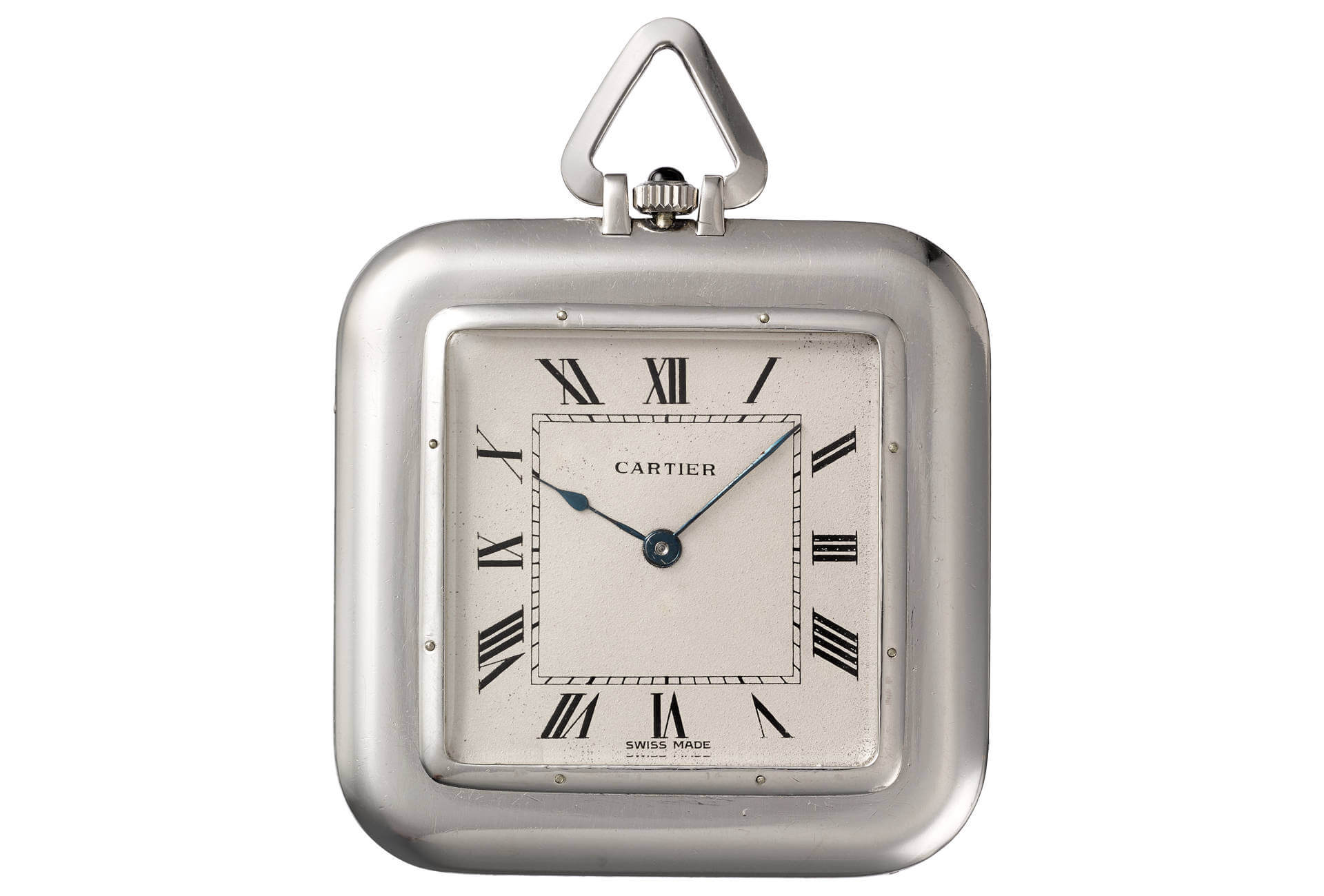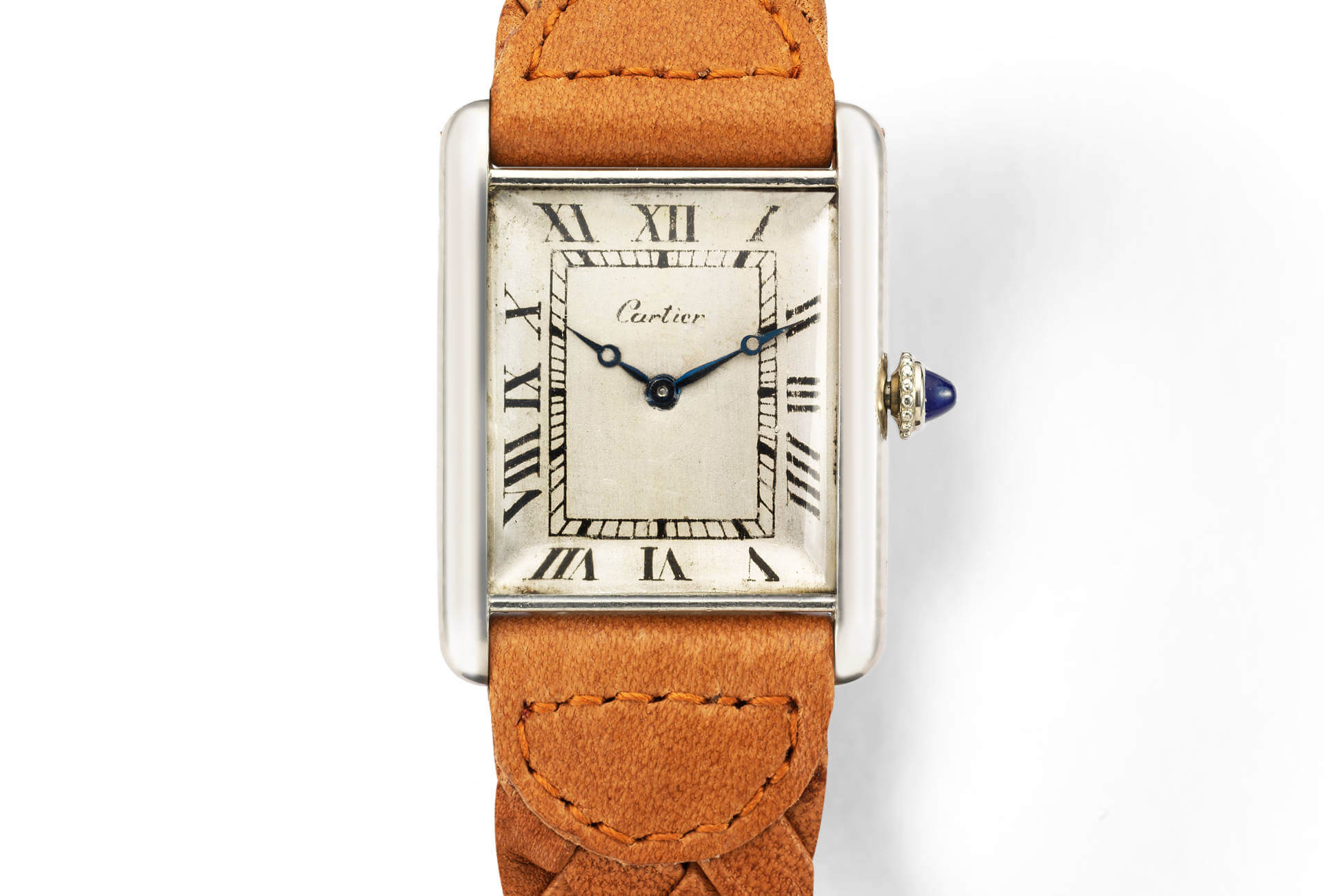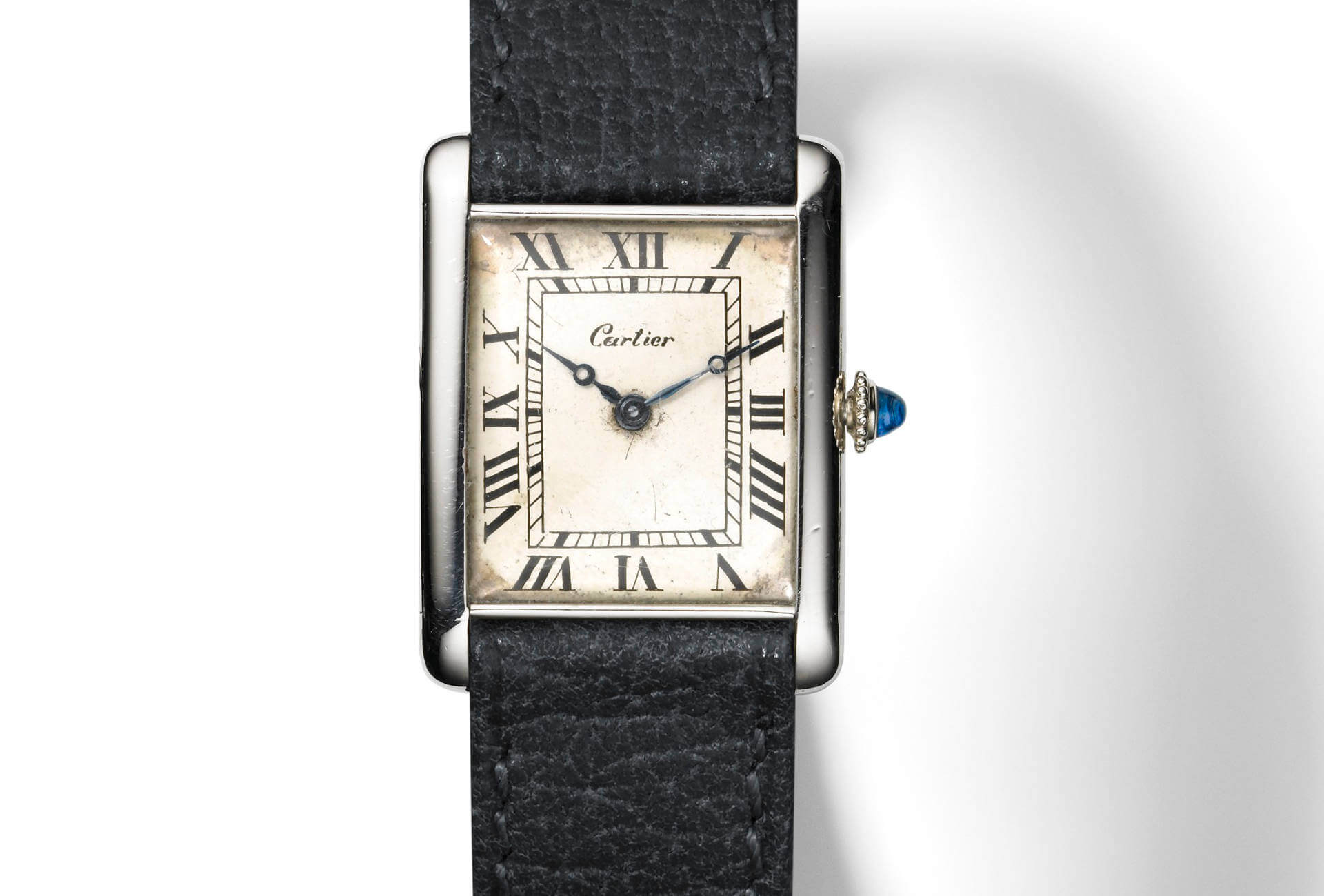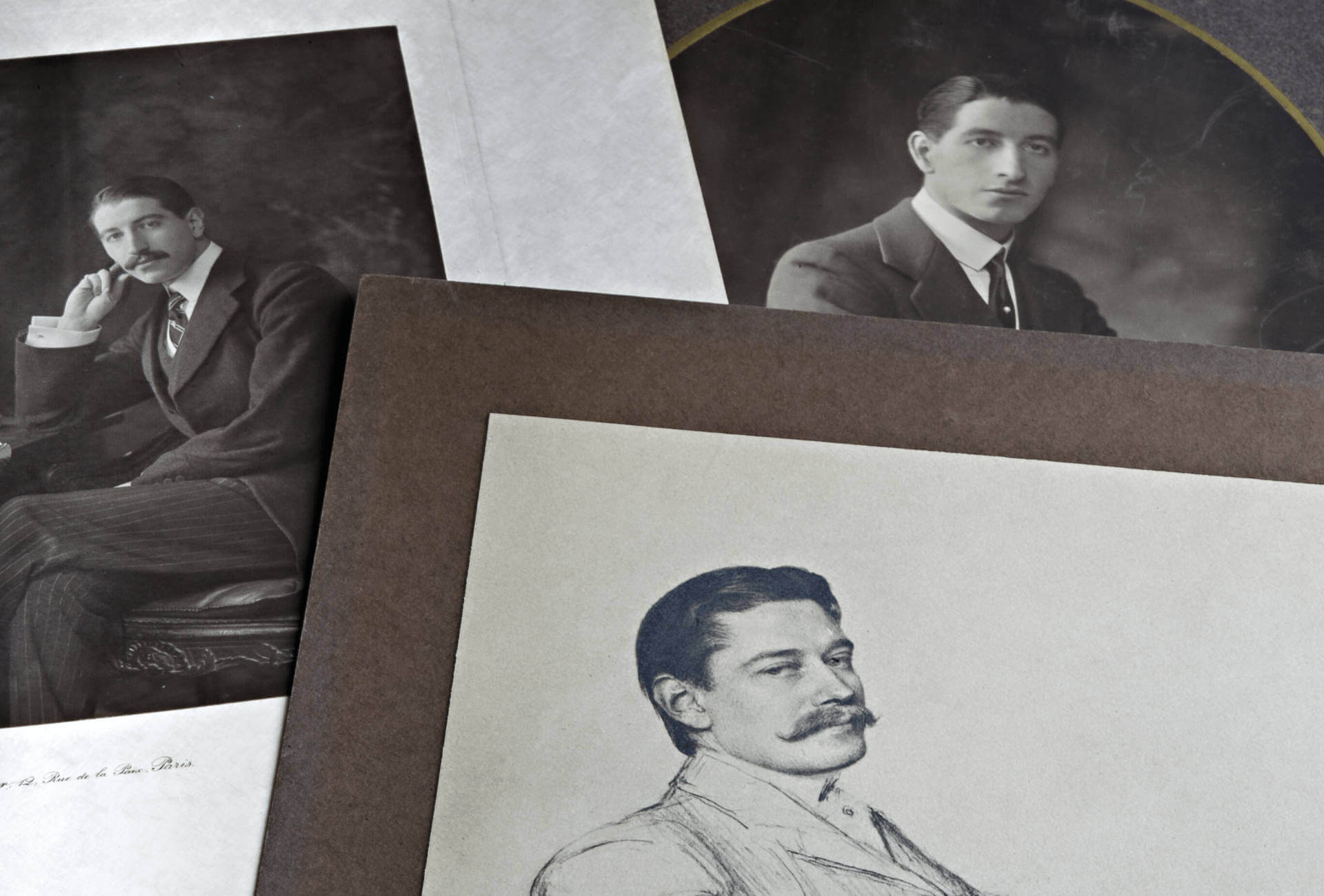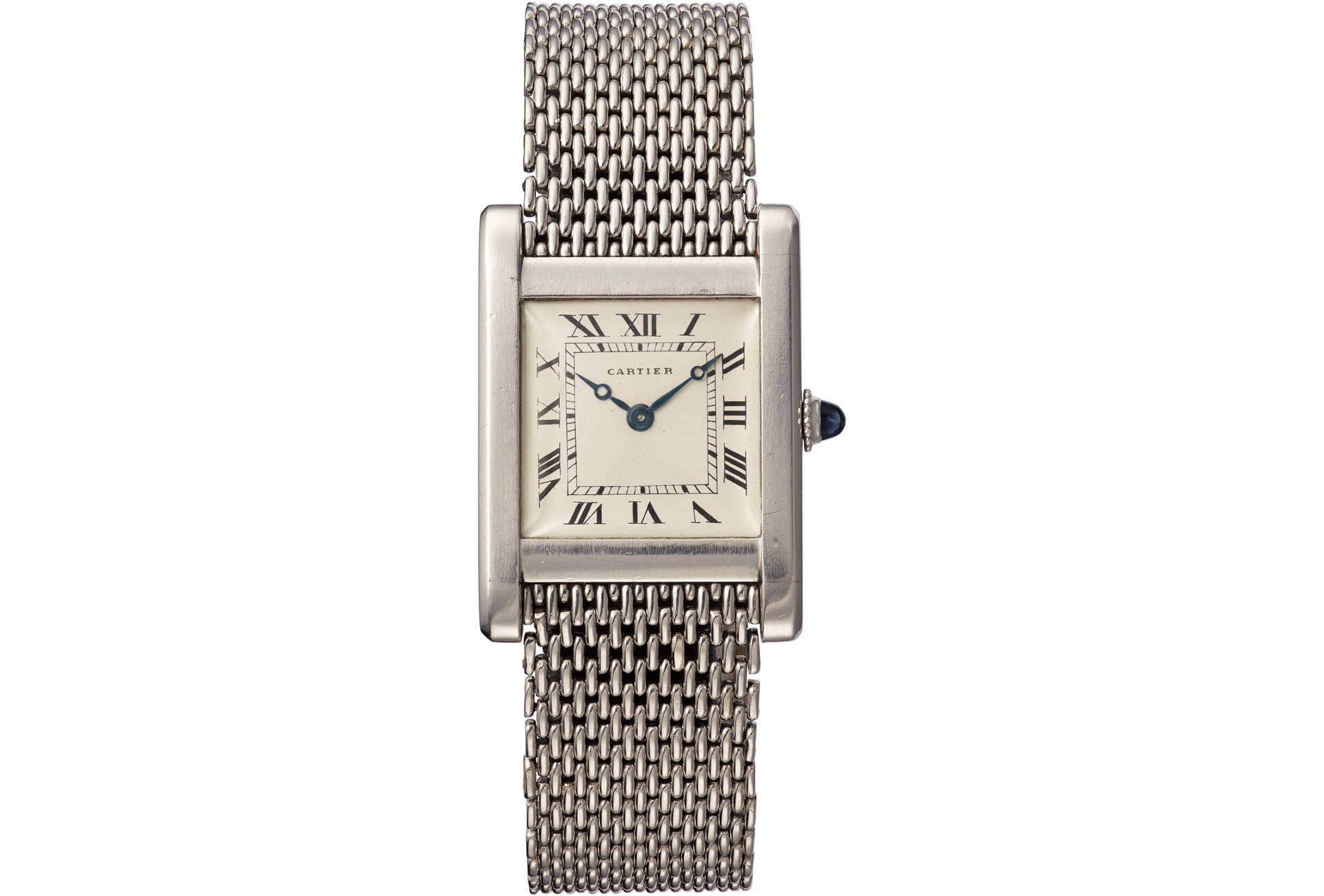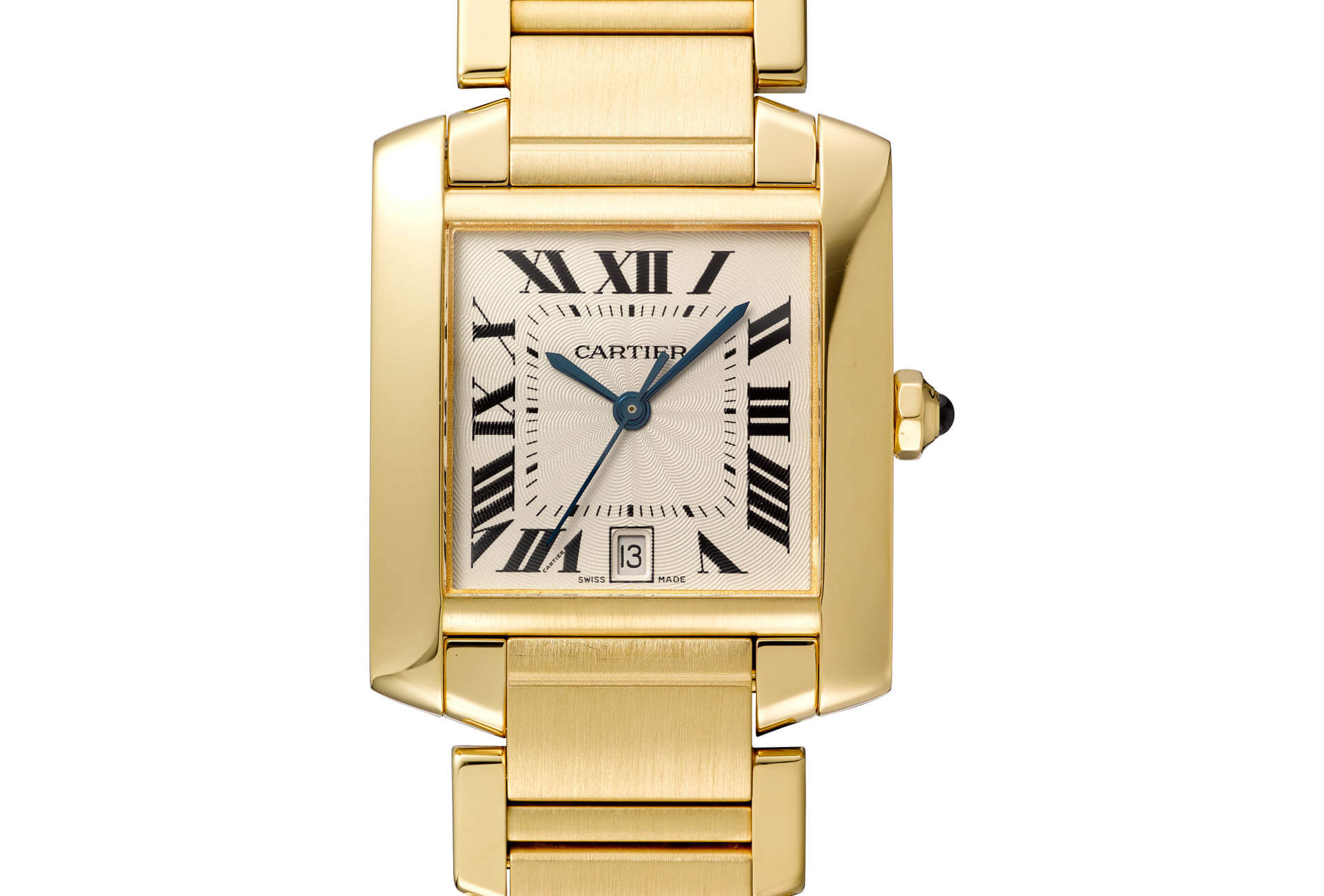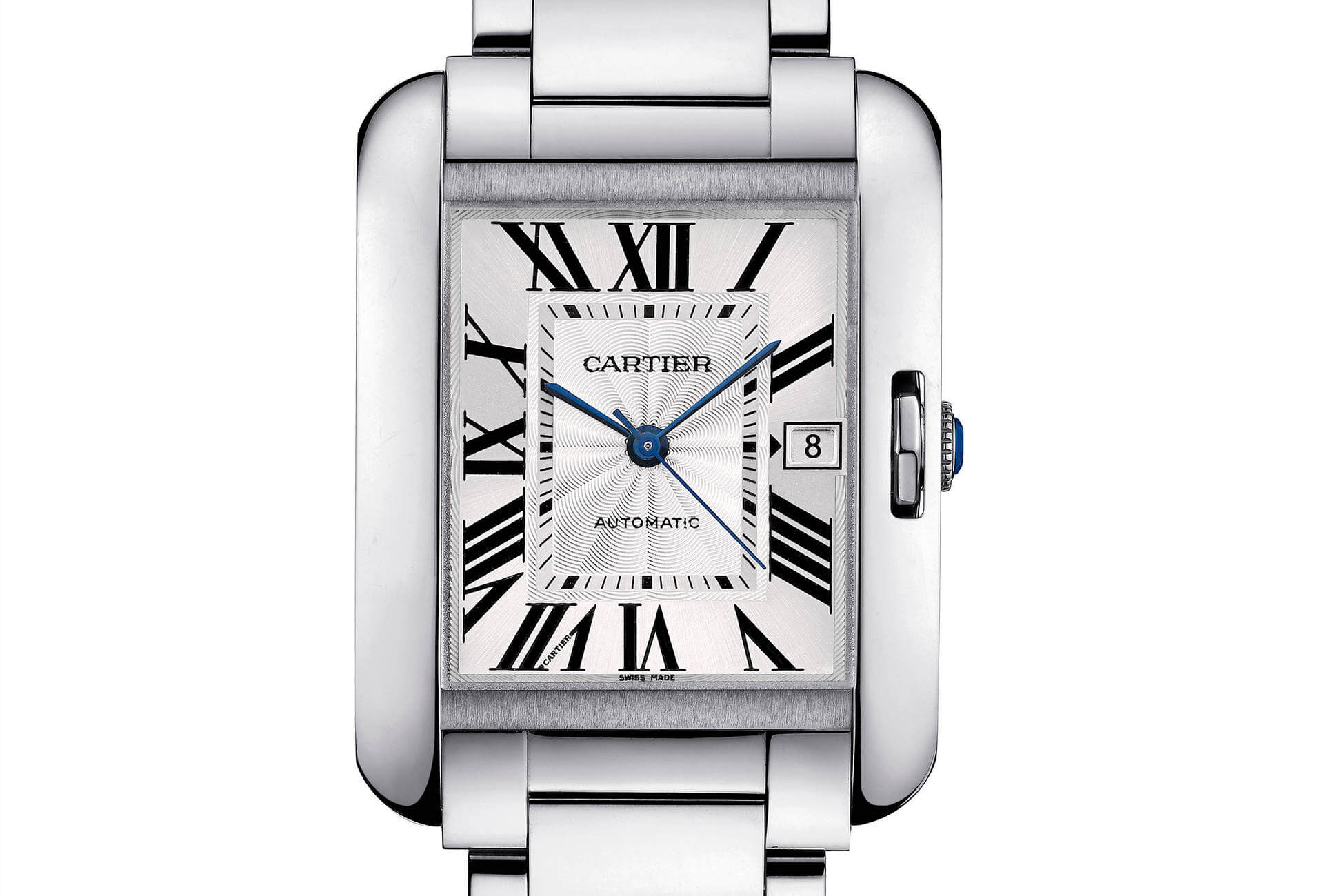In horological circles, age is something to be proud of. If, that is, you happen to be a world-famous watch, in which case anniversaries come with a long list of superlatives. Whereas we equate the wrinkles around our eyes with the “ravages of time”, a watch’s grand old age is all the more cause for celebration as it adds to the aura of the brand that has succeeding in keeping its power of seduction intact. Today’s vintage trend says exactly that. The fact this nostalgia-tinted crush concerns watches which, for the “oldest” among them, saw daylight in the 1950s should by no means detract from the truth that the wristwatch is considerably older, and the symbol of a horological revolution with its very own “heroes”. They include Louis Cartier, inventor of the Tank which went on sale in 1919, and whose centennial this autumn offers a reminder of its extraordinary destiny. Created in Paris, but also in New York and in London, made by the most forward-looking watchmakers of the day, and worn by innumerable celebrities, the Tank is the epitome of longevity, as well as a landmark in design and expertise. It encapsulates 100 years of horological history; 100 years of Cartier history.
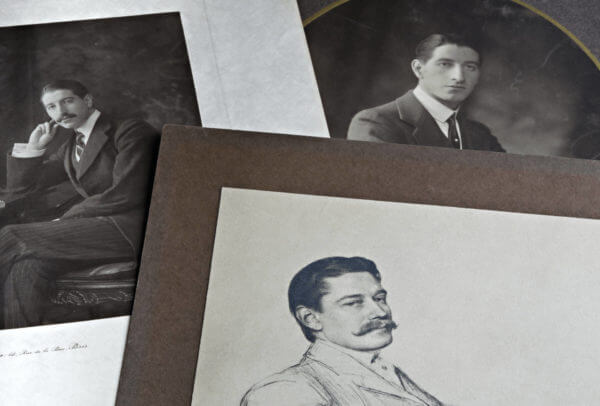
The Tank wasn’t Louis Cartier’s first venture into watchmaking. Far from it. At the head of a firm which his grandfather had established in 1847, and which was already renowned for its jewellery, he felt early on that the business should also develop its own style of watchmaking. Not that he had any intention of falling back on the old notion that a timepiece was to be tucked inside a waistcoat pocket, at the end of a chain. Pocket watches were part of the company’s catalogue, but as a man with more than a passing interest in modern science and techniques, always open to new ideas, Louis Cartier sensed the creative potential of a watch to be worn on the wrist. Particularly as the progress made in reliable mechanisms threw the door open to developments whose only obstacles were force of habit and the weight of tradition. In this respect, the encounter between Louis Cartier and Edmond Jaeger would be decisive. Born in Alsace but established in Paris since 1880, Jaeger’s reputation preceded him. A master in extra-thin calibres and marine chronometers, he was a close collaborator of Maison LeCoultre in Le Sentier, the home of Swiss watchmaking, and headed as of 1906 by Jacques-David. This first triumvirate, sealed by contract for a good thirty years, would outlast that of Ancient Rome, and with a considerably happier outcome.
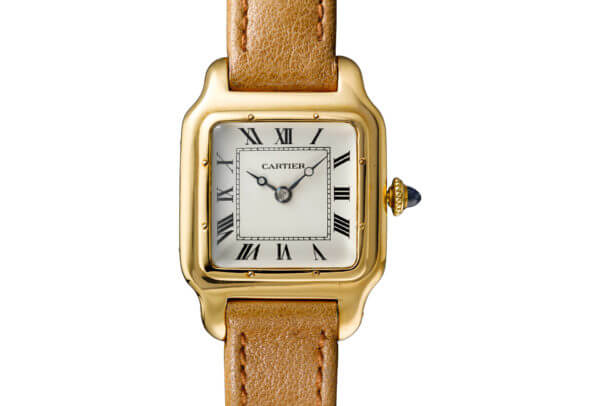
The Tank and its sisters
Louis Cartier first brought his unconventional vision of watchmaking to bear in 1904 with the Santos – which in hindsight can be considered the first “modern” watch. Made for his friend, the aviation pioneer Alberto Santos-Dumont, its primary requirement was that it should be instantly readable while flying a plane, hence why it was designed from the outset to be worn on the wrist. For this reason, the Santos is one of the very first wristwatches for civilian use. It went on sale to the public in 1911, after the Tonneau in 1906 and at roughly the same time as the Tortue – two form wristwatches that accompanied rising demand for more functional timepieces. Still, the best was yet to come in the form of the Tank in 1919 – the same year the Staatliches Bauhaus in Weimar, the hugely influential arts and crafts school, was created, to put this new design into its cultural context.
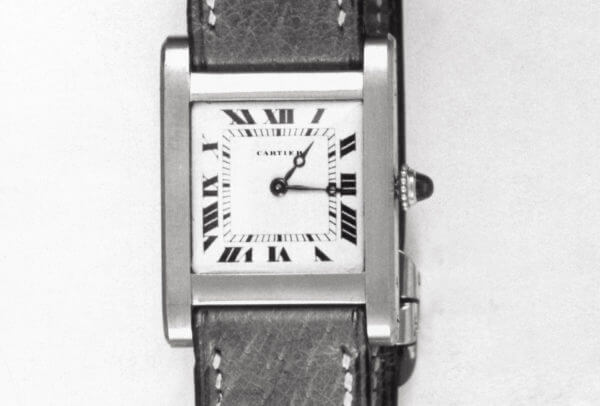
In truth, however, the seed for the Tank had been sown in Louis Cartier’s mind some three years earlier. In the wake of the Battle of the Somme, one of the bloodiest battles of the First World War, his curiosity had been piqued by illustrations of British tanks, a top-secret weapon that was deployed at the Somme for the first time, and which helped clinch Allied victory. He extrapolated in two dimensions the shape of these armoured machines, comprising two gigantic tracks on each side of a central body, to obtain the template for a watch whose elongated flanks (“brancards”) doubled as an ideal means of attaching the strap, and whose geometric shape was as stylish as it was functional.
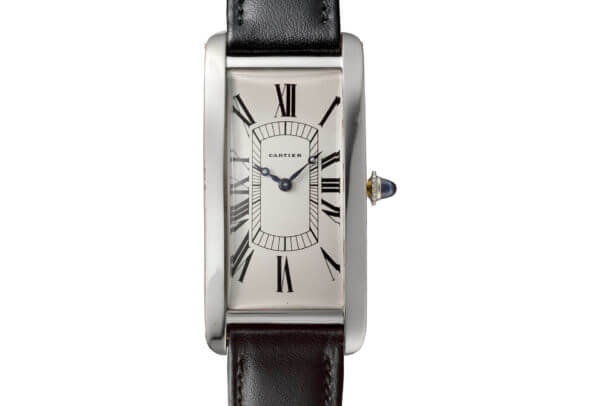
Thus the Tank was born, and with it the blueprint for a Cartier watch: radial Roman numerals, blued steel “apple” hands, a railroad minute track and, fittingly for a jeweller, a cabochon-cut precious stone on the winder. The 9-ligne movement was by Jaeger. The same Edmond Jaeger was also behind the deployant clasp that was yet another distinctive feature of this innovative watch. As Cartier’s sales records show, the public needed little convincing that this was a timepiece for a new era.
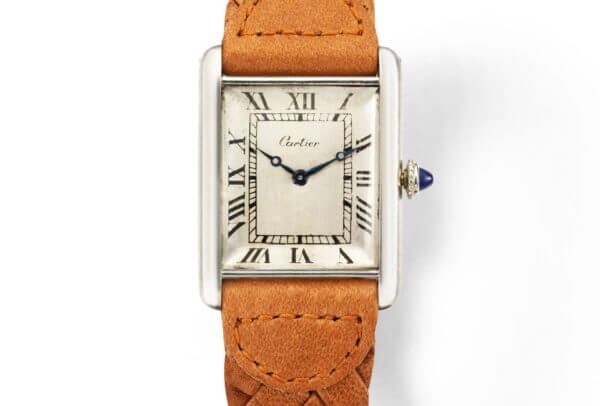
In fact its success was so great that new iterations soon followed: first the Tank Cintrée (1921) whose curve matches the form of the wrist, then the Tank L.C. for Louis Cartier with its softer, more rounded frame and the Tank Allongée (1922), both of which asserted their identity by gradually stretching the case. The Tank Chinoise was also launched in 1922. It returned to the original square shape, with the addition of “jutting” horizontal bars. These first five Tank “families” – later joined by others that took advantage of new technologies, such as the water-resistant Tank Etanche (1931), or which tapped into market demand such as the Tank à Guichet (1928) or the Tank Réversible (1932) – left no doubt as to the relevance of a watch that would conquer the world.








